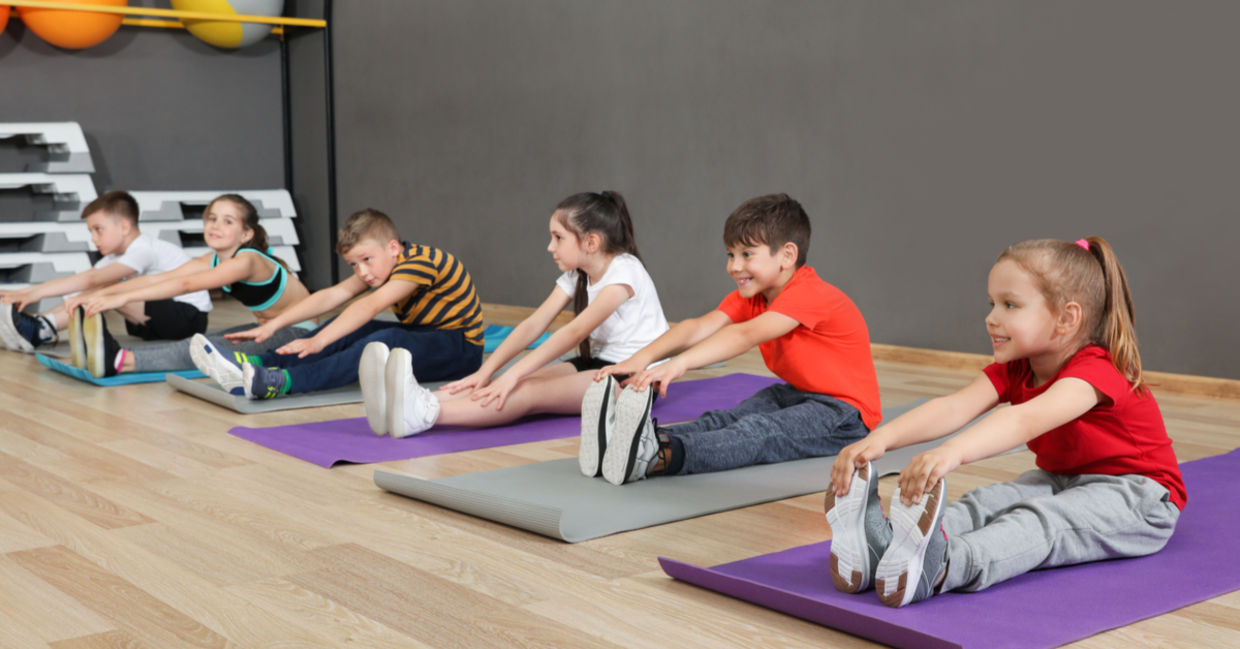
(New Africa / Shutterstock.com)
Your brain is like a muscle, it can become stronger by exercising. Practicing yoga and deep breathing exercises help adults to reduce stress, improve clarity and focus. According to WebMD, these practices work with adults who have attention deficit hyperactivity disorder (ADHD) to manage their symptoms naturally without a prescription.
Now, researchers at Ural Federal University in Russia have found that yoga and breathing exercises also have a positive effect on children with ADHD too. After special classes, the children showed improved attention, decreased hyperactivity, and were able engage in complex activities for a much longer period of time without tiring or tuning out.
ADHD is a neurodevelopmental disorder that is characterized by inattention or excessive activity, and poor impulse control. Children are usually diagnosed after they begin primary school. This disorder affects 5-7 percent of children and can continue into adulthood.
“For children with ADHD, as a rule, the part of the brain that is responsible for the regulation of brain activity – the reticular formation – is deficient,” study leader Sergey Kiselev, head of the Laboratory of Brain and Neurocognitive Development at UrFU said in a press release from the university. “This leads to the fact that they often experience states of inadequate hyperactivity, increased distraction and exhaustion, and their functions of regulation and control suffer.”
The researchers used a special deep breathing exercise – belly breathing – to help supply the participants' brains with oxygen so that the brain can better regulate the children’s state of activity according to Kiselev. The psychologists running the study also used body-orientated techniques like yoga to help the kids learn to control functions.
The training sessions took place three times a week for two or three months. This technique was developed by Anna Semenovich, a Russian neuropsychologist as part of a neuropsychological correction technique. The study was published in the journal Biological Psychiatry.
The training had an immediate effect on the children who participated, according to Study Finds, as well as a delayed effect. That’s because deep breathing becomes automated and keeps supplying a larger amount of oxygen to the brain and this has a beneficial effect on behavior.
While this work is still in the early stages; there is still much work to be done. The next step is to conduct larger studies with more children before it can definitely be said if these techniques can make a measurable difference and are put into practice. This could make a very big difference in the lives of the kids and adults who have ADHD.
YOU MIGHT ALSO LIKE:
4 Simple Ways to Harness the Power of Deep Breathing
8 Easy Yoga Poses With Big Health Benefits
Bring Balance with These 7 Chakra Yoga Poses







